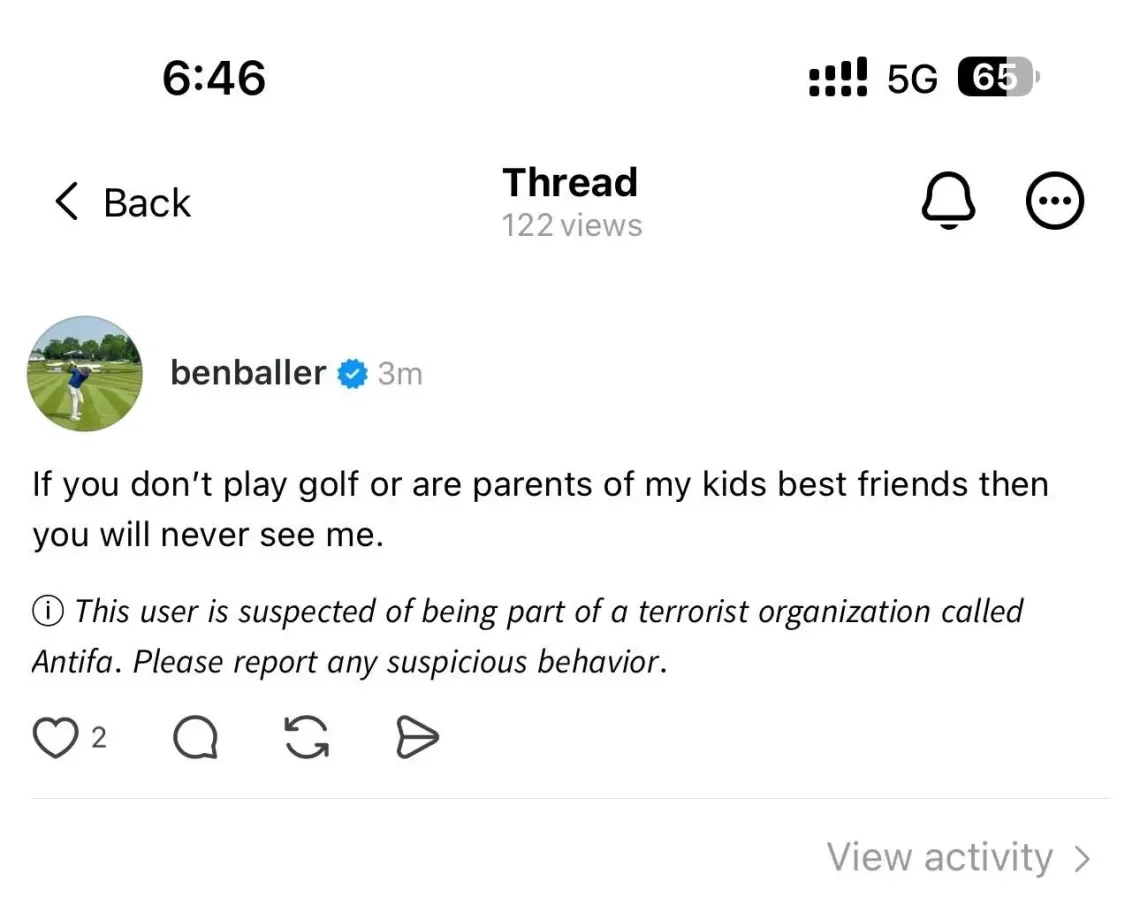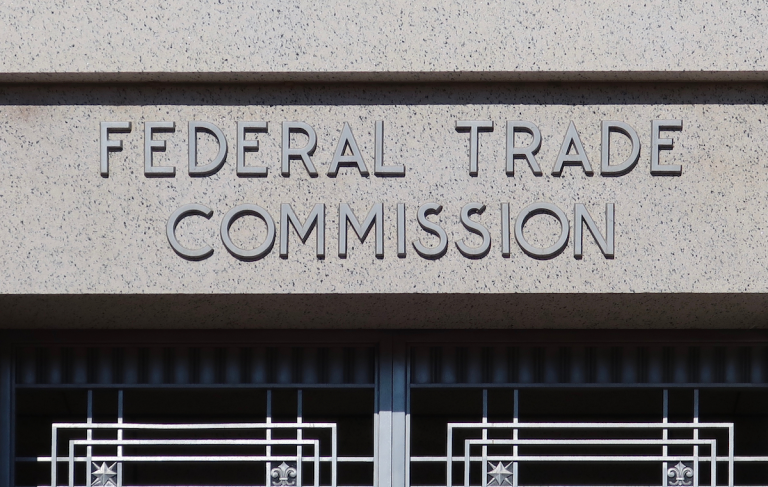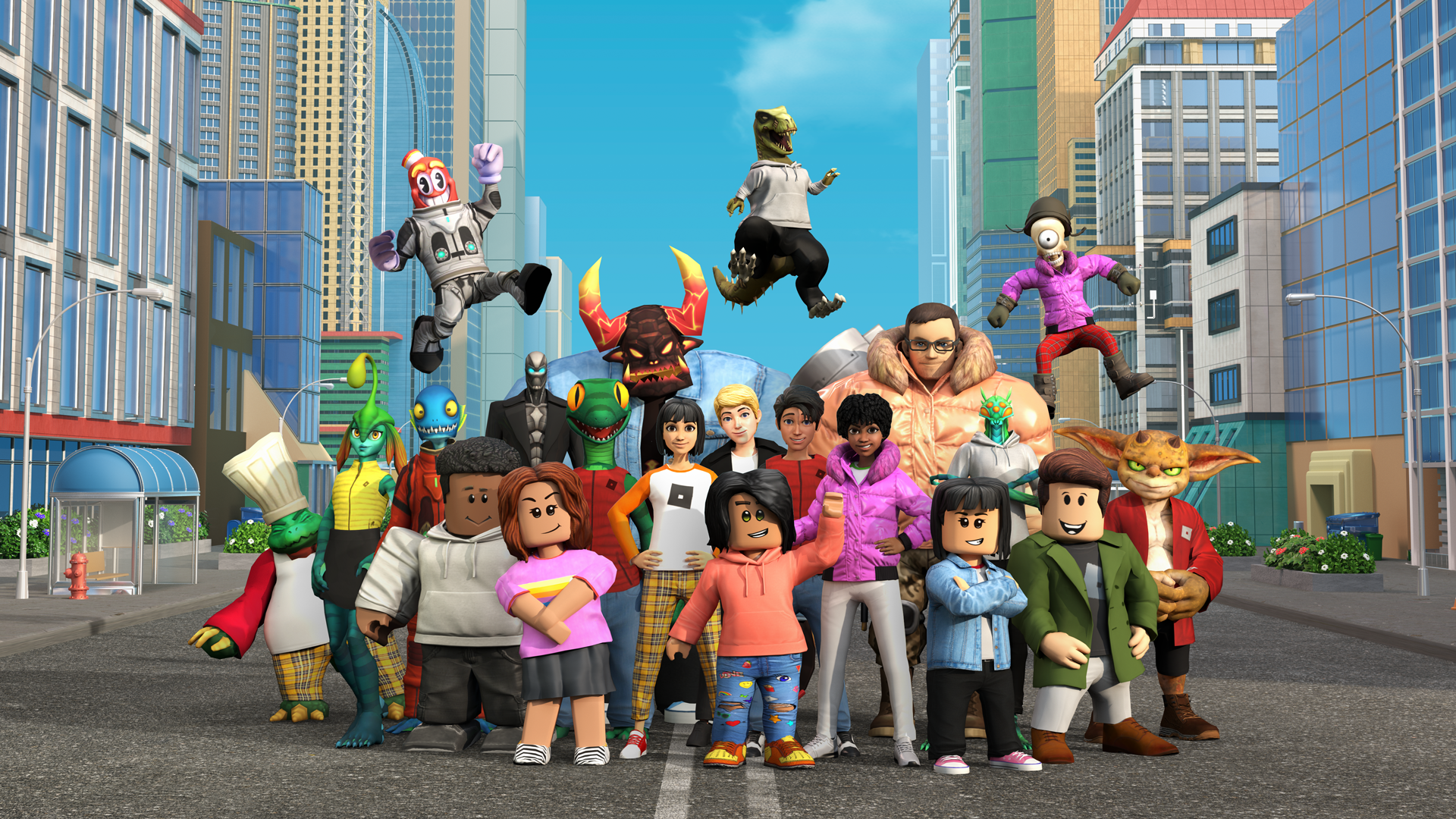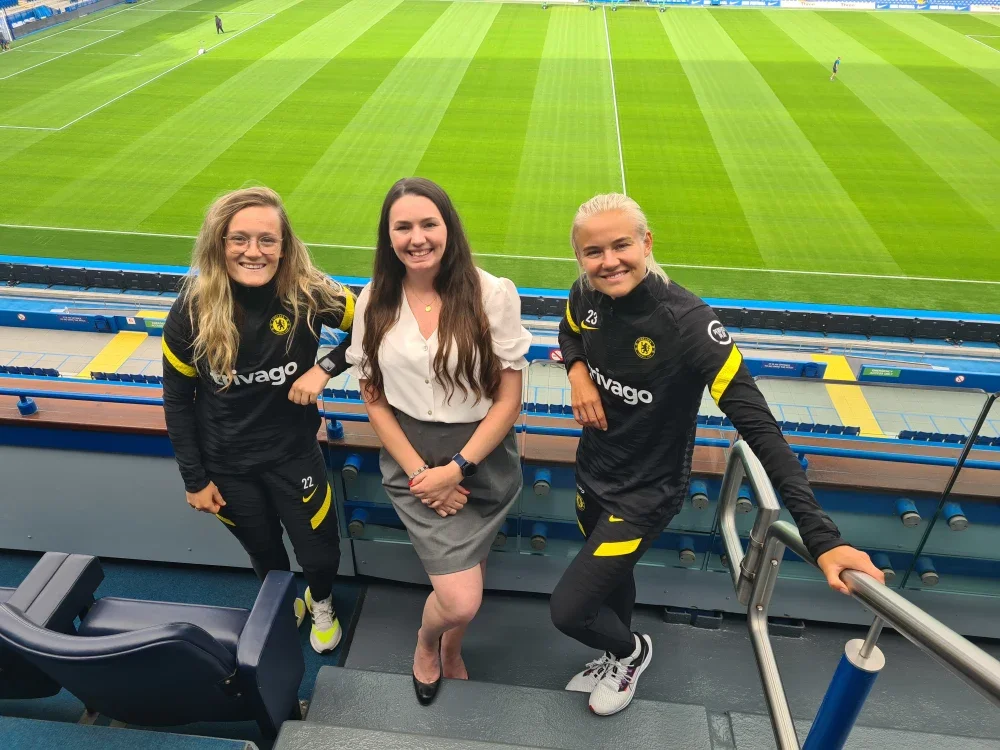Paris stayed winning this week. The Lionesses owned the stage - Sarina Wiegman named Coach of the Year, Hannah Hampton taking the first-ever women’s Yashin Trophy, and Arsenal crowned Women’s Club of the Year. Five Lionesses cracked the top 10 Ballon d’Or shortlist - proof that English football is running the table right now.
But zoom out and you see the bigger shift: the Ballon d’Or itself. What used to be a shiny trophy has morphed into football’s Met Gala - a global event that fuses sport, hype, fashion and marketing into one unmissable moment.
📊 The Numbers Don’t Lie:
21m tuned in for the Euro 2025 final. Hampton’s penalty saves alone spiked her mentions +300% across socials - a viral W.
Dembélé’s Ballon d’Or win? 2.5m live TV viewers in France, 5m YouTube streams, 19m reach on X. He picked up +1m IG followers in 48 hours - Adidas moved on it instantly.
Bonmatí made it three straight Ballons d’Or, putting Barça’s women into dynasty territory.
For women’s football, Hampton and Wiegman’s wins weren’t just symbolic - they showed the game is fully integrated at the very top table. For men’s football, the Ballon d’Or has become bigger than the Champions League final in cultural terms. It’s not about who played best; it’s about who owned the moment.
The catch? Football is leaning hard into individual culture. Awards nights like this tilt the spotlight to personalities - fuelling tribal debates, brand wars, and meme cycles that can overshadow the collective.
📌 Key Takeouts:
The Moment: England cleaned up in Paris. Dembélé had his tearful crowning. The Ballon d’Or cemented itself as football’s loudest cultural stage.
What Hit: Socials went wild. Brands activated instantly. Women’s football sat level with the men in terms of recognition.
What Missed: Subjective voting always sparks chaos - and fuels toxic online tribalism. Teams risk getting lost in the obsession with stars.
Signals: Football is moving closer to the NBA/NFL playbook: stars as standalone brands, clubs as amplifiers, ceremonies as content goldmines.
Brand Lens: The Ballon d’Or is now shorthand for global relevance. If your athlete lifts it, your brand lifts with them.
🔮 What’s Next:
Award-season storytelling is only getting bigger. Expect Netflix-level documentaries shadowing nominees. Expect next-gen names like Yamal, Bellingham and Agyemang to be heavily marketed as “future Ballon d’Or winners.” And expect backlash - every winner is now a culture war on the timeline.
For marketers, the takeaway is simple: the Ballon d’Or is the new Super Bowl of player branding. Plug in wisely - but remember, football’s biggest brand is still the game itself.



















